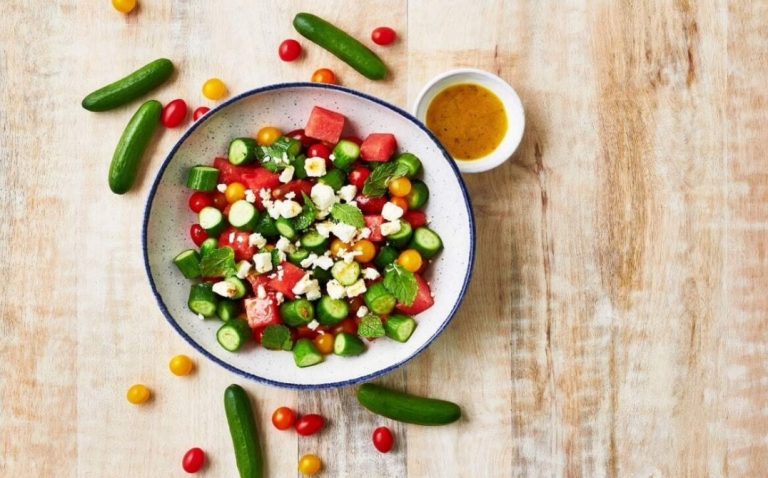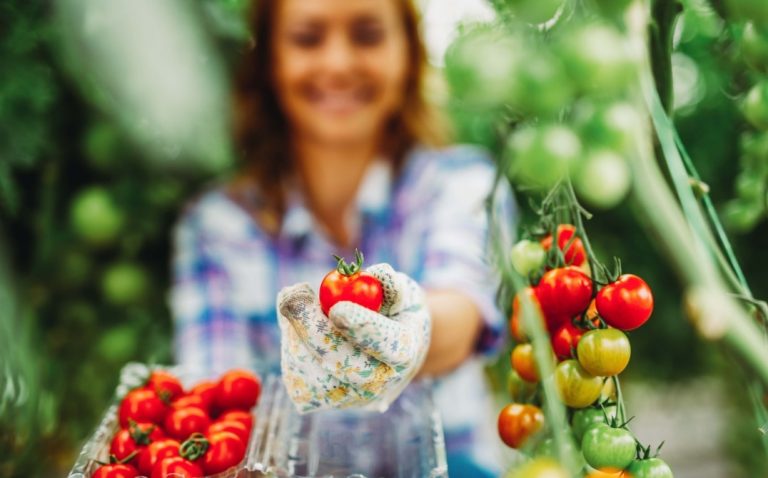Have you ever noticed that some vegetables at the grocery store are almost identical in size, shape, and color? Greenhouse grown vegetables are known for their consistent appearance, flavor and quality. This uniformity is no accident—it’s a direct result of controlled growing environments, precision growing techniques, and advanced agricultural technology.
Here’s how consistency in size can indicate Greenhouse growing and why this matters for quality, sustainability, and consumer benefits.
1. Controlled Environment = Uniform Growth
Greenhouse growing creates an optimal growing environment where plants receive consistent light, temperature, humidity, and nutrients. Greenhouse-grown vegetables thrive in a stable climate.
Why Greenhouse Conditions Lead to Consistent Size:
- No exposure to harsh weather that could stunt growth.
- Even temperature regulation prevents slow or uneven ripening.
- Humidity control ensures steady plant hydration.
Example: Greenhouse grown orange, red and yellow bell peppers are uniformly large and smooth for the perfect crunch in every bite!
2. Precision Irrigation Eliminates Size Variations
Water availability plays a major role in determining the size and shape of vegetables. Greenhouses use 100% closed-loop drip irrigation and hydroponic systems to deliver just the right amount of water to each flavorful veggie.
How Greenhouse Irrigation Creates Uniform Vegetables:
- Automated watering systems ensure every plant receives equal moisture.
- Prevents overwatering, which can lead to splitting or deformities.
- Reduces drought stress, which causes smaller, irregularly shaped produce.
Example: Greenhouse grown cucumbers are consistently straight, firm and a smooth dark green. They contain fewer seeds and are full of flavor.
3. Nutrient Delivery is Precisely Controlled
Greenhouse growing eliminates this issue by using hydroponic or soil-based nutrient management systems that deliver precisely measured nutrients to each plant.
How Greenhouses Optimize Nutrient Delivery:
- Hydroponic systems provide uniform nutrient distribution.
- No competition for nutrients—every plant gets the same amount.
- Prevents deficiencies that cause stunted or uneven growth.
Example: Greenhouse grown tomatoes are nearly identical in size because they receive consistent nutrient levels.
4. Even Light Exposure Promotes Consistent Development
Sunlight is a critical factor in plant growth, color, and size.
How Greenhouse Lighting Creates Uniform Vegetables:
- Evenly distributed natural and LED light ensures all plants grow at the same rate.
- No competition for sunlight, Greenhouses make sure each veggie gets the perfect amount of light for consistent quality.
- Prevents light stress, which can cause slow or uneven ripening.
Example: Greenhouse grown tomatoes are evenly colored, round, juicy and sweet, perfect for healthy snacking.
5. Predictable Growth Cycles Result in Consistency
Greenhouse growing operates on tightly controlled growth cycles, meaning crops are planted, grown, and picked at their peak to be packaged and shipped within 24 hours.
How Greenhouse Growing Achieves Predictable Growth:
- Crops are grown in timed cycles, ensuring uniform size at harvest.
- No delays due to bad weather, pests, or soil quality.
- Plants grow under identical conditions from start to finish.
6. Reduced Pest and Disease Exposure Prevents Irregular Growth
Pests and plant diseases can cause stunted, misshapen, or unevenly sized produce. Because Greenhouse grown vegetables are naturally nurtured through the use of bumble bees and ladybugs, meaning reduced pesticides and consistent quality.
How Greenhouses Prevent Uneven Growth Due to Pests & Disease:
- Enclosed environments keep out insects and rodents.
- Natural pest control (e.g., ladybugs) reduces crop damage.
- Fewer plant diseases that could lead to stunted growth.
Example: Greenhouse grown peppers, cucumbers and tomatoes are naturally nurtured, meaning you can feel confident in your healthy snacking.
7. Market Demand for Uniformity in Retail Sales
Consumers and grocery stores prefer vegetables that are uniform in size and shape, as they are easier to package, transport, and store. Greenhouse growing is designed to meet this demand by producing consistent, high-quality vegetables.
Why Retailers Prefer Greenhouse Grown Vegetables:
- Easier to package and stack in grocery displays.
- Better portion control for meal planning and restaurants.
- More visually appealing, increasing sales.
8. Greenhouse Grown Vegetables Have Longer Shelf Life
Because Greenhouse vegetables are grown under precise conditions, they tend to be fresher and last longer.
Why Greenhouse Produce Lasts Longer:
- Consistent moisture and nutrient absorption reduce early spoilage.
- Minimal bruising or defects → Less food waste at grocery stores and homes.
- Controlled harvesting and storage methods preserve freshness.
Example: Greenhouse grown mini cucumbers stay firm and crisp for over a week so you can enjoy healthy snacking!




